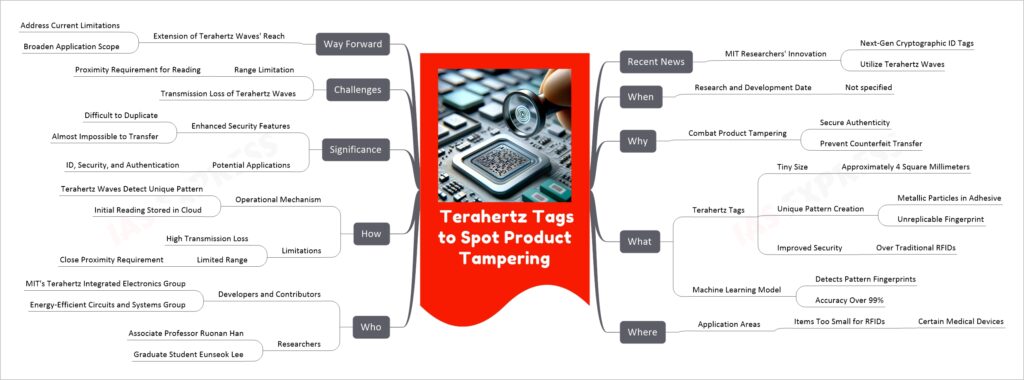Terahertz Tags to Spot Product Tampering

Terahertz tags, developed by MIT researchers, represent a groundbreaking advancement in combating product tampering and counterfeit transfer. These tiny tags, only about 4 square millimeters in size, create a unique, unreplicable pattern using metallic particles in their adhesive, acting like a fingerprint for authentication. They offer enhanced security compared to traditional RFIDs and are especially useful for small items like certain medical devices. The tags are read using terahertz waves, and their authenticity is verified with a machine-learning model boasting over 99% accuracy. However, they do have limitations, such as a short range of effectiveness and high transmission loss. The researchers are working on extending the reach of terahertz waves to overcome these challenges and widen their application in security and authentication.

